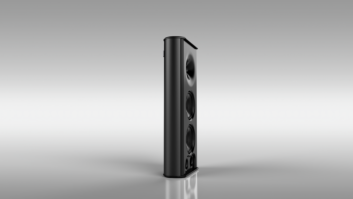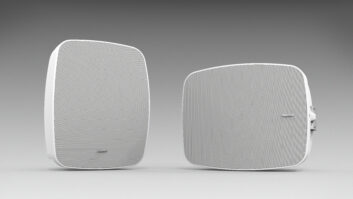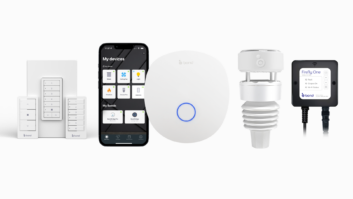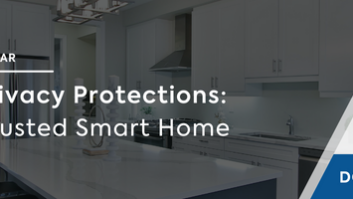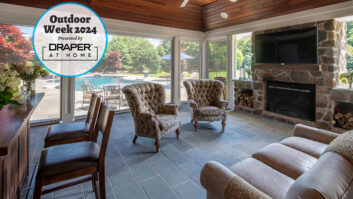Droughts, heat waves, snowmageddon and now “frankenstorms”—extreme weather events like Hurricane Sandy and the tornadoes that hit Tuscaloosa and Joplin over the last 24 months are the new normal. According to the Dept of Defense, they are now our #1 national security threat. These events are causing power disruptions to millions of American homes, businesses, and military operations already, costing over $150 billion just since Katrina. The CI channel and CEDIA members are already well beyond custom audio and video now, branching into HVAC, security, networks, automation, and lighting as well. Alternative power generation is a custom specialty they should embrace, for their own future as well as that of our country.
It’s time for all of us who are able to consider installing “grid-interactive” alternative power generation systems to keep our families safe in their own homes when the grid power fails. New tax credits, rebates, and other incentives lower the cost by 50 percent or more now for components made in the USA, as long as solar power generation is at the heart of the system. Uncle Sam wants us to roll up our sleeves and get to work; there’s no more time to waste.
Solar power is a good first step to take, and it can deliver enough power to run the average American home everyday, using the grid as a back-up. During these hours the sun is the primary power source, with excess power flowing back to the power company to lower the monthly bill by 50-70 percent, and in some cases 100 percent. Current law mandates the utilities must buy this power back, but they don’t have to go beyond letting us bring our power bill down to zero. So if you zero out your bill one year, if there is any overage, they credit it over to the next year, but they dont send you a check.

A UPS battery backup ensures that the power flows even when the grid fails.
When the grid goes down, solar power keeps running as long as the sun is up. Today’s solar panels are more efficient, meaning they can crank out more watts from the same size panel as in previous years. Whereas in the past it might have taken 50 panels to create enough power to run the essential circuits of an average home during a grid power failure, today the same power level can be achieved with just 18 panels, lowering the cost of the hardware and installation by 50 percent.
Most of us wonder what happens at night when the grid fails? Are we supposed to simply wait till the sun comes up the next day? No. New battery storage technologies keep the suns power in reserve for nighttime use, using a UPS (uninterruptable power supply) the same way computers do, to make sure the power flows even when the grid fails. In the same instant the grid fails, the UPS takes over automatically. It’s so fast, you don’t even see the lights flicker. The battery system keeps the home’s essential circuits operating overnight till the sun comes up or the grid is restored.
What happens if the battery level falls too far? It’s a good idea to include a stand-by generator in this type of system. If the battery level falls below the minimum needed to do its job before the sun comes up or the grid is restored, the generator re-charges the battery system to full capacity so it can continue to do its job, keeping the home powered so they don’t have to evacuate.

I call this type of system “triple-redundant” because its solar-based, battery-stored, and backed up by a stand-by generator. It’s this “fail-safe” design people are looking for but have failed to find, keeping them from taking the leap to alternative power generation. All the hardware is now available, all made in the USA, qualifying the entire system for a 30 percent income tax credit and cash rebates from the local power company of between $2-$4 per watt. For example, a $30K system like the one described here, with 4500 watts of solar power, 8000 watts of battery back-up, and an 8000 watt stand-by generator, can end up costing just $12K.
Most of us don’t know much about electricity except that we need it to survive. As we’ve witnessed one extreme event after another disable the grid everywhere, we see the power grid is not as secure as we once thought. Modern technology provides a safe alternative now, so it’s time to give it some serious thought. Regardless of the cost, the peace of mind from knowing your home will never lose power is priceless.
This is a great video about our nations progress in renewables.
AV industry veteran Bob Rapoport is the CEO of St. Petersburg, Florida-based NewPower, launched at CES 2013. Rapoport also serves as the CEO for sales and marketing consultancy TRG Marketing.

